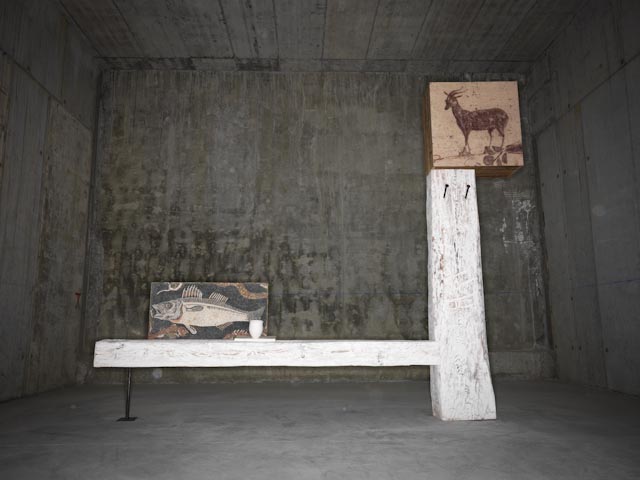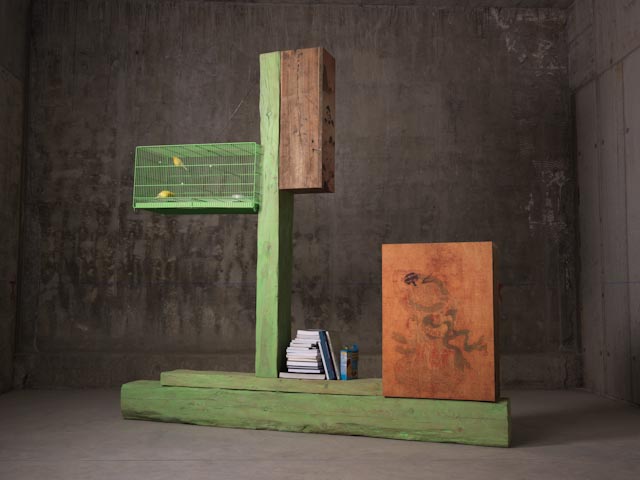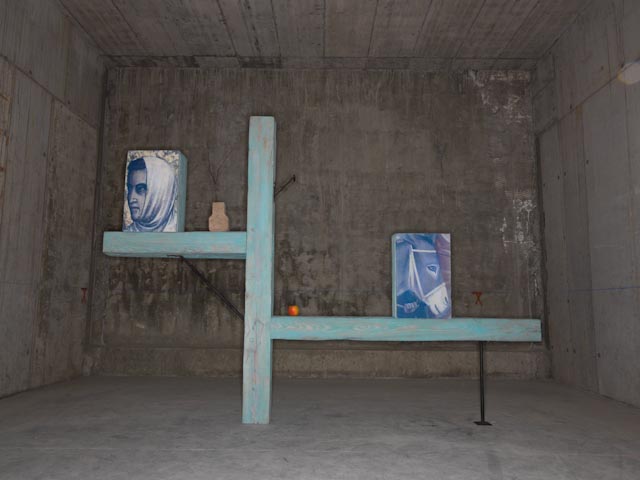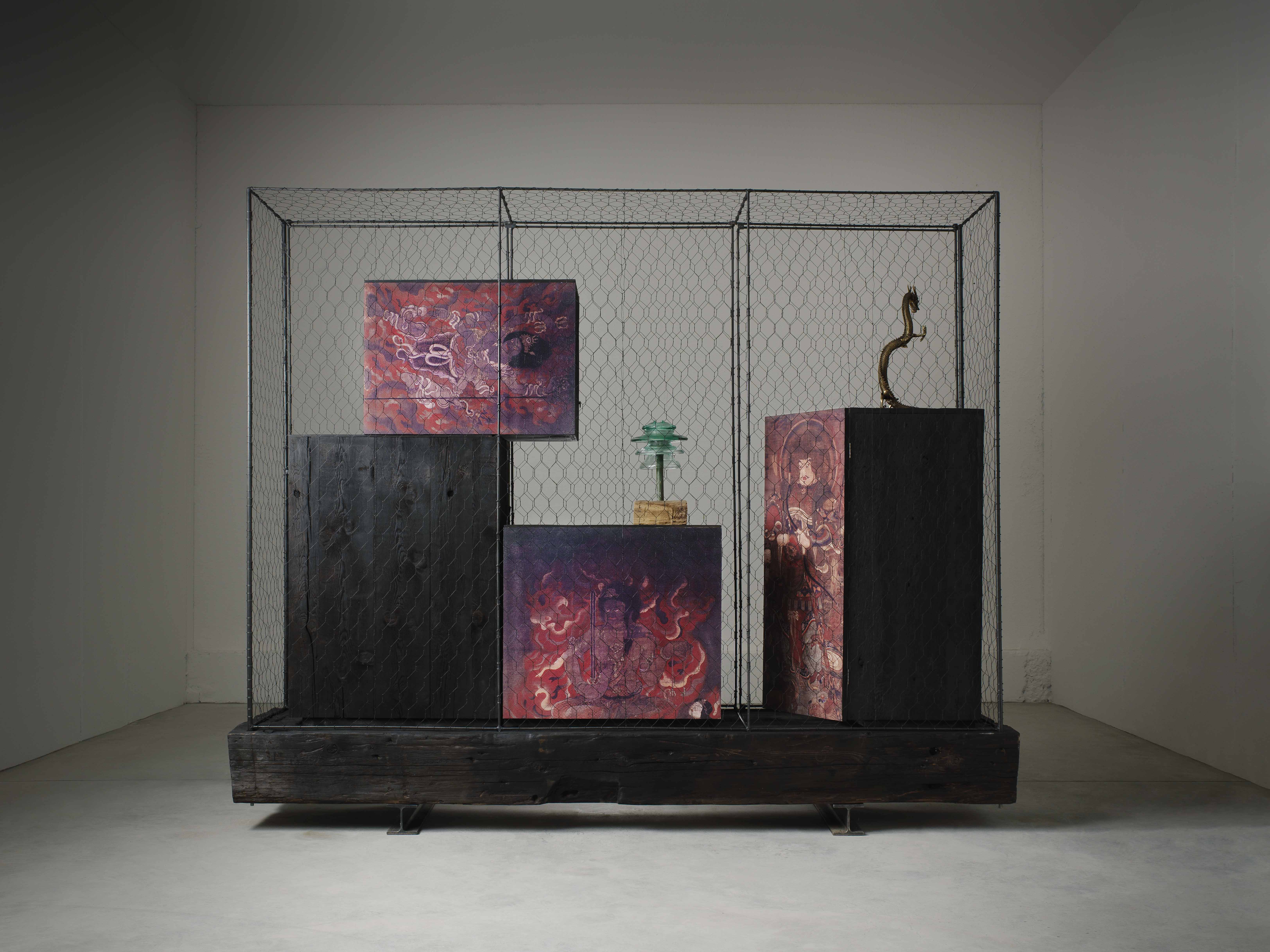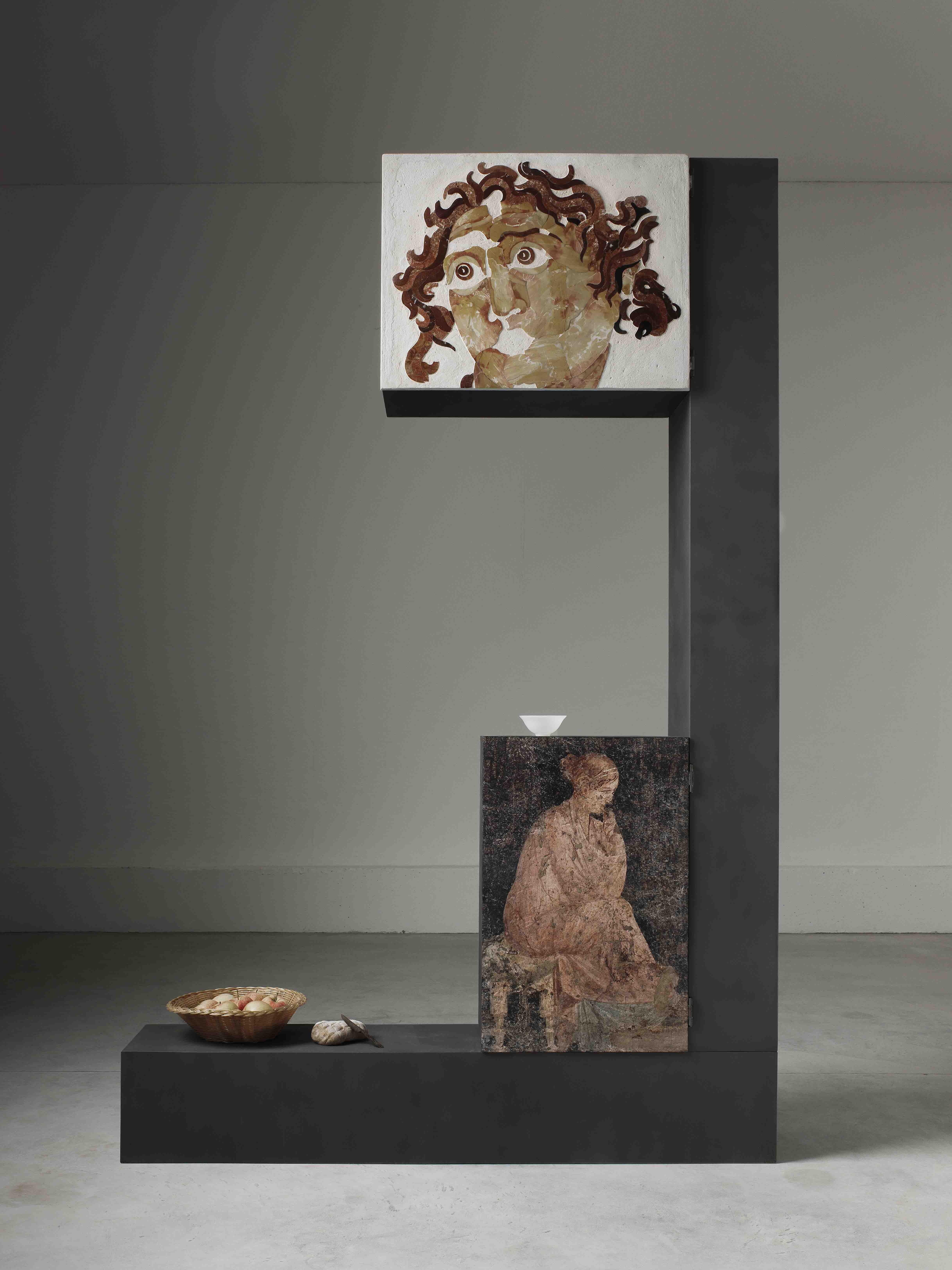Progetto: Andrea Branzi
Assistenti al progetto: Daniele Macchi
Anno: 2009
Galleria: Design Gallery con Nilufar
Foto: Ruy Teixeira
E’ vero che il segno più evidente della contemporaneità è quello essere critici verso la contemporaneità stessa.
Avverto attorno a me una sorta di saturazione di zuccheri, costituita da un ambiente colmo di oggetti sempre più sofisticati; una semiosfera di segni, colori e materiali che non si smaltiscono e non si evolvono in qualcosa di diverso. L’innovazione sembra macinare sempre la stessa acqua; come ha detto Zigmunt Bauman “in questo secolo la modernità modernizza se stessa” penetrando negli interstizi della vita quotidiana e negli spazi lasciati vuoti dal Movimento Moderno del secolo scorso, che si è occupato soprattutto di mega-progetti e di super-programmi, ma ha dimenticato che l’ambiente umano è costituito soprattutto da un plancton molecolare, un micro-sistema destrutturato fatto di realtà funzionali e simboliche.
Condivido questa strategia che cerca di cambiare il mondo a partire dalle sue componenti più piccole, dai mini-progetti e dai sotto-sistemi; una strategia debole e diffusa che ho spesso paragonato a quella di Mohammad Yunus e ai suoi micro-crediti, che hanno cambiato l’economia domestica di più persone di quanto abbiano fatto le macro-riforme del secolo scorso.
Forse è proprio questo assetto del design che comincia a farmi nascere dei dubbi; questa sua capacità di produrre una sorta di elettrolisi che riveste con una pellicola cromata la superficie porosa del mondo esistente, senza capacità di confrontarsi con la dimensione nuova di questo mondo, che non è più lo stesso del secolo scorso. E’ un mondo che forse è peggiore di quello precedente, ma certamente è molto più grande, più complesso e più profondo.
La cultura del progetto (ma non soltanto quella) sembra incapace di confrontarsi con i nuovi confini della globalizzazione, dell’Europa unita, del mercato mondiale e continua a ripetere il linguaggio dei propri padri, senza percepire la dimensione dei nuovi territori fisici e culturali che lo circondano.
Questi territori non sono rappresentati dalle nuove tecnologie, ma da altri “materiali mentali”; se leggete i poeti latini dell’epoca del massimo sviluppo dell’Impero Romano, come Virgilio, Catullo, Lucrezio o Orazio, vedrete che i temi delle loro poesie non sono molto diversi da quelli di qualsiasi altra epoca: l’amore, la morte, la vita quotidiana.
It is true that the most conspicuous sign of contemporaneity is that of criticizing contemporaneity itself.
Around me I sense a sugar saturation so to speak, an environment brimming over with ever more sophisticated objects; a semiosphere of undigested signs, colours and materials that fail to evolve into something different. Innovation seems to keep on churning the same water. As Zigmunt Bauman has said, “In this century modernity modernizes itself”, by creeping into the nooks and crannies of daily life and into the empty space left by the 20th century’s Modern Movement. That movement concerned itself primarily with mega-projects and super-programmes. But it forgot that the human environment consists mainly of molecular plankton, a destructured microsystem of functional and symbolic realities.
I go along with that strategy, and its attempt to change the world in terms of its smallest components, mini-designs and subsystems; a weak and widespread strategy often compared by me to that of Mohammad Yunus and his micro-credit. His strategy changed the domestic economies of more people than the macro-reforms of the past century did.
Perhaps it is precisely this state of design that is beginning to sow doubts in my mind, about its tendency to produce an electrolysis, as it were, which clads the porous surface of the existing world with a chromed skin but fails to confront that world’s new dimension. It is a different world to that of the last century: worse perhaps than the one before it, but certainly much bigger, deeper and more complex.
Design (as well as other fields of) culture seems unable to cope with the new borders of globalization, of a united Europe, the world market. It goes on repeating the language of its fathers, without perceiving the scale of the new physical and cultural territories surrounding it.
These territories are not represented by new technologies, but by other “mental materials”. If you read the Latin poets from the Roman Empire at its zenith, such as Virgil, Catullus, Lucretius or Horace, you will see that the subjects of their poetry are not all that different to those of any other period: love, death, everyday life.



